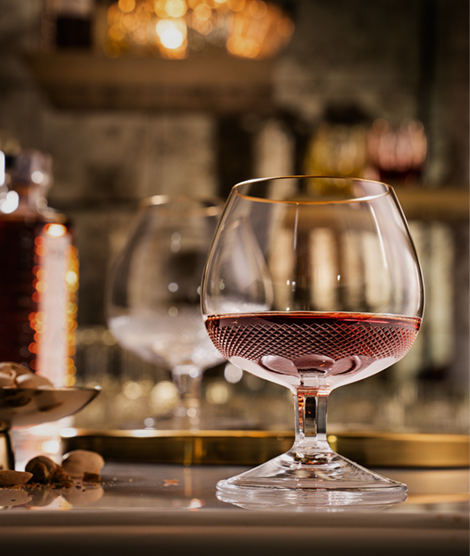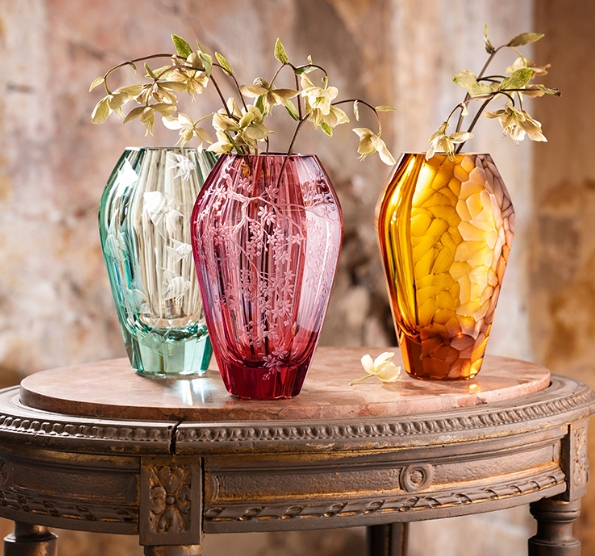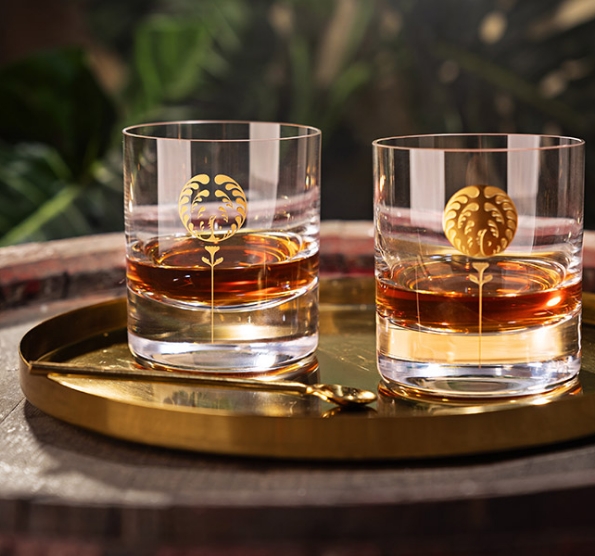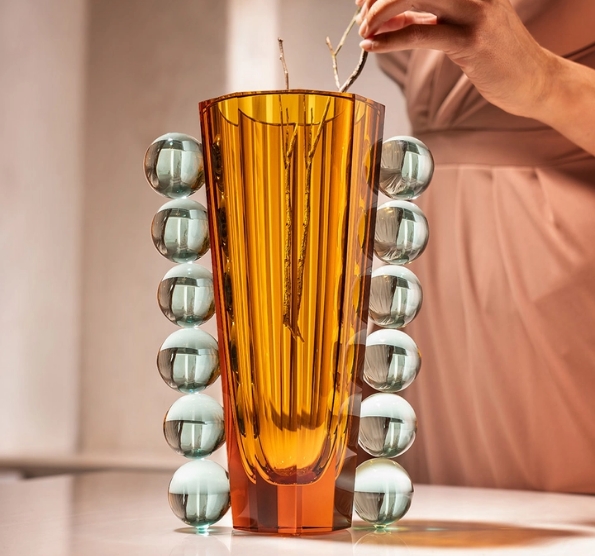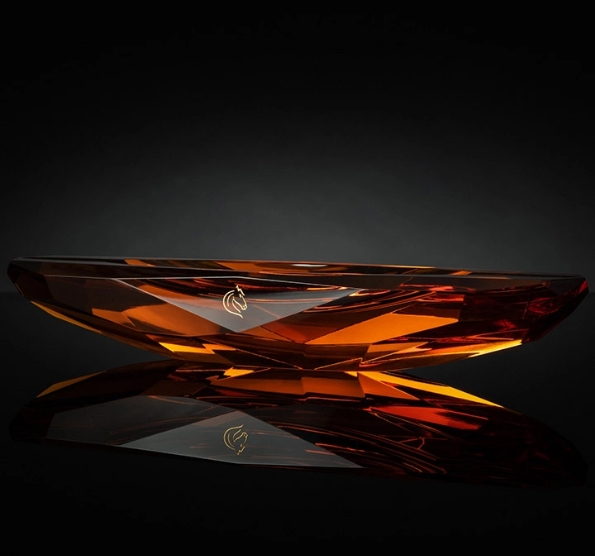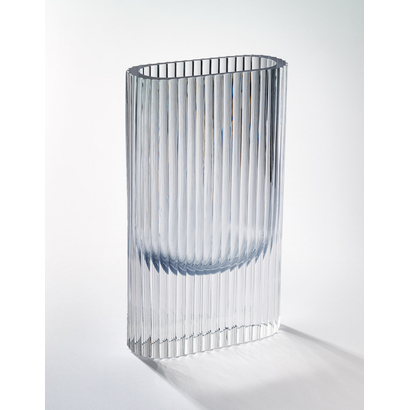Breadcrumbs navigation
- Home page
- About Moser
- Blog
- Moser’s strictly guarded secret

Moser’s strictly guarded secret
It’s the end of the 1920s. Leo Moser, the glassworks’ Technical Director, spends long days in chemical laboratories. It’s because he’s a visionary. He knows new hues could cause a colour revolution in glassmaking. Today, the colours he developed are nearly 100 years old.
At the close of the 19th century, primarily colourless crystal was made at Ludwig Moser’s newly-founded glassworks. The same applied to the entire Czech glassmaking industry at that time when using clear glass was customary. Colours first arrived with the rise of the decorative Art Nouveau scene. Romantic floral engravings appeared on vases in soft shades of green, purple, orange, and pink.
The time of coloured crystal
But that wasn’t good enough for Leo Moser. He knew all too well he needed to set himself apart from the hard competition presented by local and French glassworks. That’s why he immediately started experimenting with colours in chemical laboratories the moment he assumed the role of Technical Director in 1908.
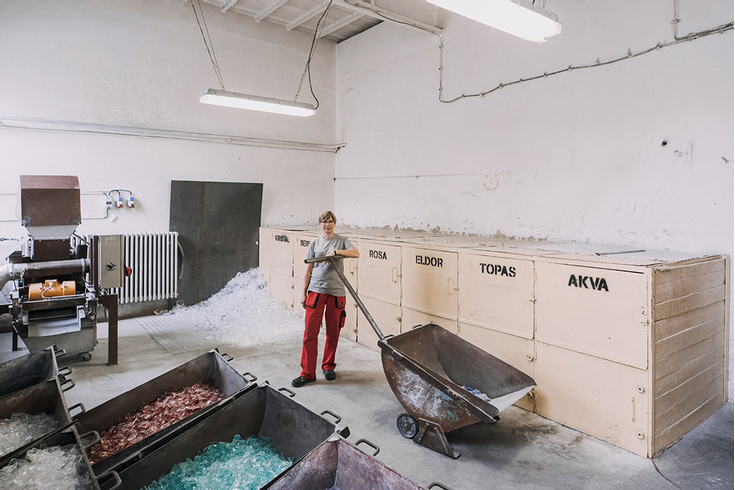
He examined the colouring of the glass with oxides originating from precious soils. Development was challenging and long but bearing results. Seven years later, he presented the first collection of thick-walled, single-colour vases and introduced basic, coloured molten glass attractively named after gemstones into regular production. The likes of purple amethyst, dark-green emerald, yellow-brown topas, and cobalt-blue sapphire were brought to life. During the 20s, the Moser glassworks continued to add more and more shades. Leo Moser established cooperation with Berlin specialists in the field of chemical glass colouration. And it brought astonishing results.
A game of glass and light
After two years of experiments and an array of trial meltings, Leo Moser held in his hands some profoundly special types of molten glass. The colourations change depending on artificial lighting or daylight. Take heliolite, for instance, which transforms from sandy yellow to green, or Moser’s typical blueish-purple alexandrite. To further develop these extraordinary properties, the Moser glassworks sought out new designs for its products. Like a true visionary, Leo allowed his people to abandon established shapes and cut decors. His innovations are now recorded in the world’s history of glass production forever.

Moser’s treasure
To this day, Moser still uses the colours first created by Leo Moser. The recipes are strictly kept secret, with only three people in the world knowing the correct way to mix them. The basic palette includes six colours: yellow eldor, purple alexandrite, honey topas, pink rosalin, blue-green beryl, and blue aquamarine. Alongside them stand the accessory colours of amethyst (purple), reseda (yellow-green), pink, blue, aurora (orange), and green.
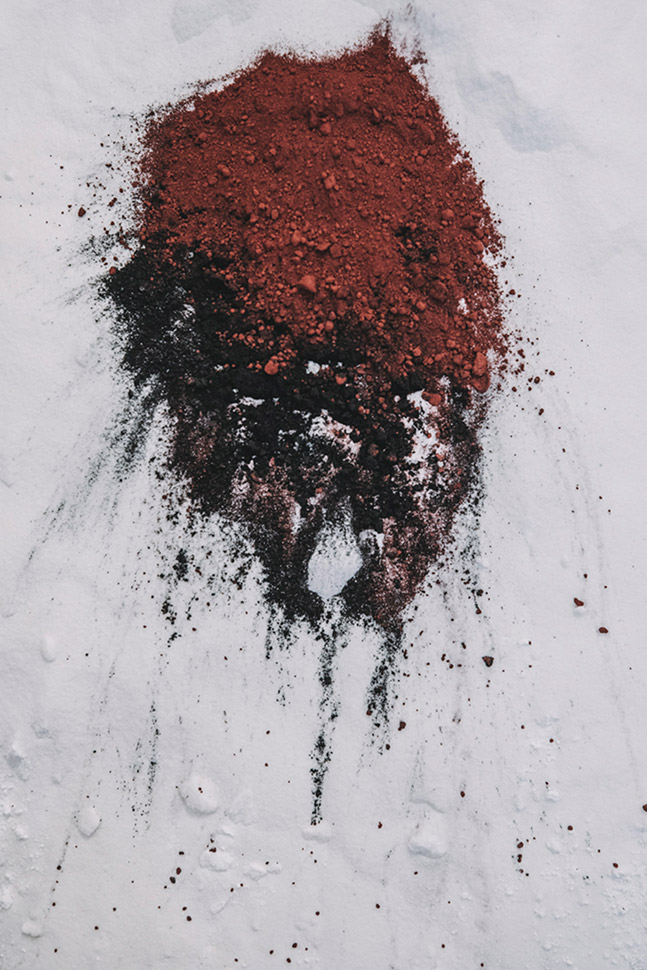
A classic in the new millennium
The current Art Director at Moser, Jan Plecháč, is also developing the colour palette. In the new vase Abyss, he continues Leo Moser’s legacy while also pushing it into the new millennium. No vase at Moser has ever been so intensively blue, given that the new Abyss vase is made using an uncommon amount of aquamarine. “Thousands of valeurs are reflected in the vase, like when a diver ascends from the depths and watches as the water colour changes by the rays of sunlight,” describes Jan Plecháč. The Art Director also played with the Moser colours on the vases from the Harmonic Collection. He chose a pink and smokey-blue shade from the original sample book, before gently bringing them to the present. Thus, Leo Moser’s mastery lives on.
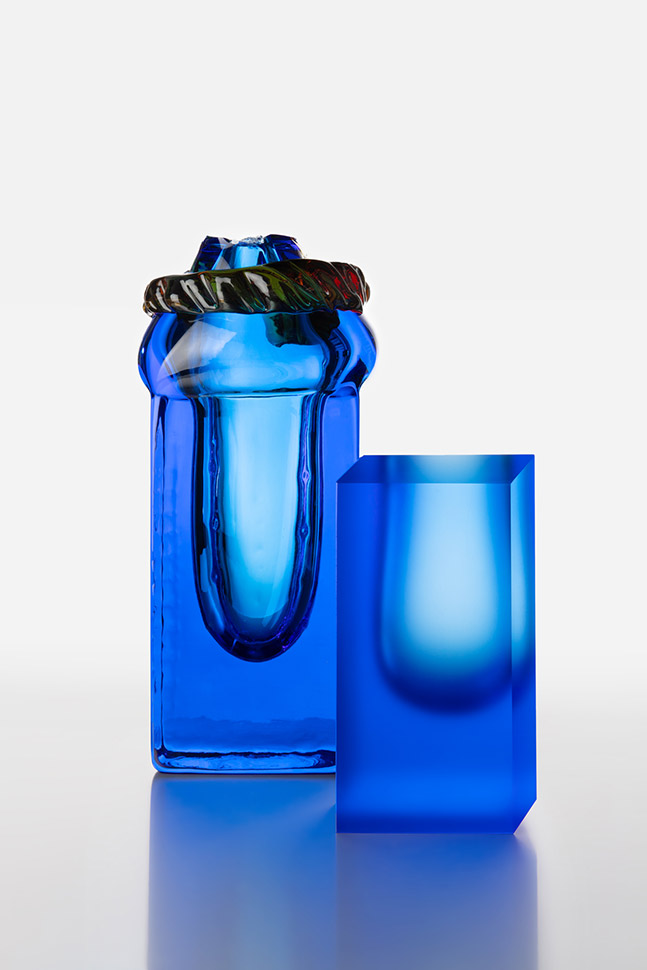
Moser’s Colour Language
- Aquamarine is reminiscent of water, the blue colour refers to its lively freshness.
- Alexandrite displays mystery and variedness. That’s because the colour of this molten glass changes under various light sources. It transforms from a soft lilac tone to a bright azure.
- The turquoise shade of beryl evokes blue-green depths and foamy waves.
- Eldor is lemon yellow and a rare colour by origin. It’s distinguishable by its powerful brightness and gentle, pastel hue.
- Rosalin carries romance and elegance. Depending on the thickness of the glass, it bears a pink or even brick-red shade.
- The golden-honey or intensely light-yellow topas refers to the glowing-hot glass.
